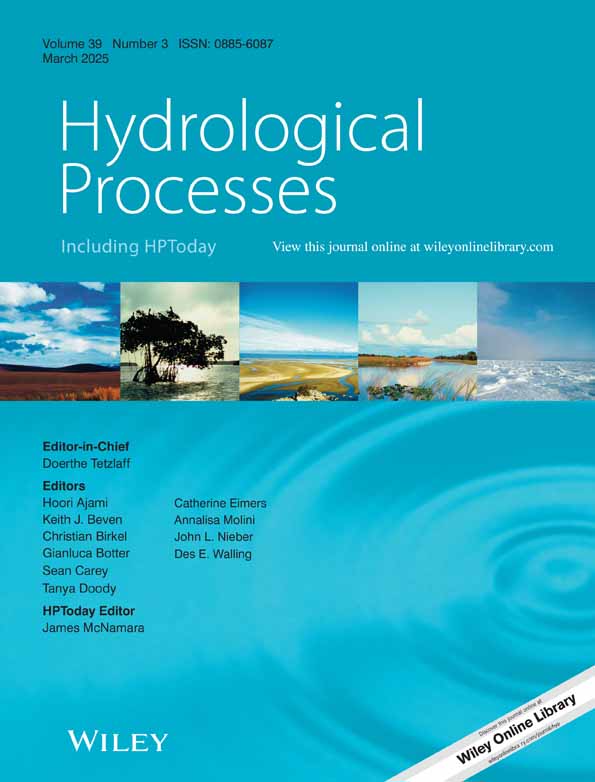Mapping 2D Hydraulic Tomography: Comparison of Deep Learning Algorithm and Quasi-Linear Geostatistical Approach
Funding: The authors received no specific funding for this work.
ABSTRACT
In this study, we conduct a comparative analysis of the Quasi-Linear Geostatistical Approach (QLGA) and deep learning algorithms for 2D hydraulic tomography underground, exploiting synthetic and real hydraulic head data from field settings. The hydraulic dataset is derived from multiple pumping tests at the Hydroscan observatory in Normandy, aiming to map the transmissivity heterogeneity of the gravel aquifer along the Seine riverbanks, which is critical for understanding and optimising hydrological processes. Two distinct inversion methodologies are addressed to decipher the piezometric data: a process-based approach—QLGA—widely recognised for its effectiveness in depicting aquifer hydraulic properties, and a data-driven approach based on Convolutional Neural Networks (CNNs). The QLGA method relies on iterative linearisation with calculations of the Jacobian matrix to minimise an objective function, while the CNN approach directly approximates operators through a novel circular architecture that allows for determining heterogeneity and evaluating its response within a single solver. Results from both methods demonstrate their efficacy in capturing subsurface heterogeneity where the resolution of local details is constrained by the limited number of piezometric measurements. While QLGA achieves a better fit between simulated and observed data, the CNN method effectively handles complex features while reducing smoothing in inversion solutions. When applied to real cases, both methods show strong agreement with observations from synthetic studies, emphasising their accuracy and comparability. The choice between QLGA and deep learning approaches thus depends on problem-specific requirements, data availability, and interpretability needs, providing valuable insights for advanced subsurface characterisation.
Open Research
Data Availability Statement
The data that support the findings of this study are available on request from the corresponding author. The data are not publicly available due to privacy or ethical restrictions.




